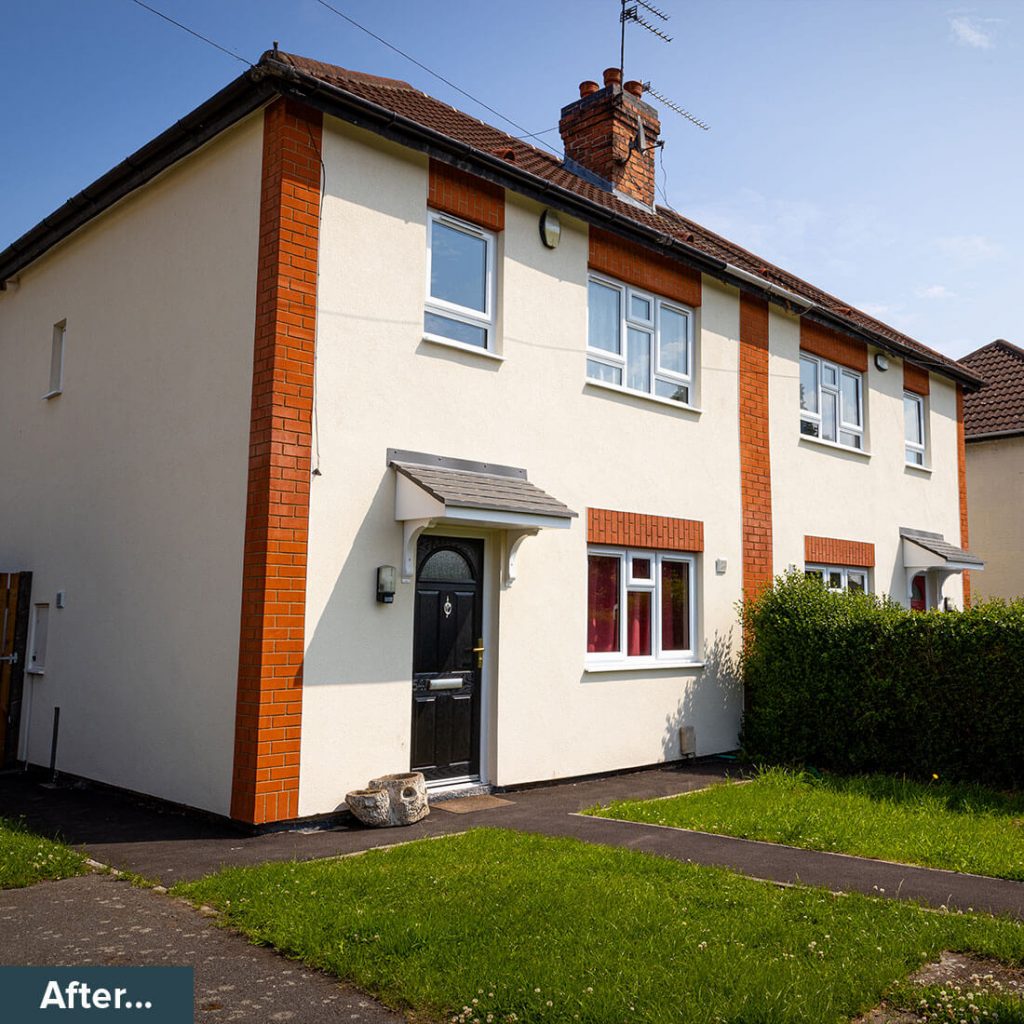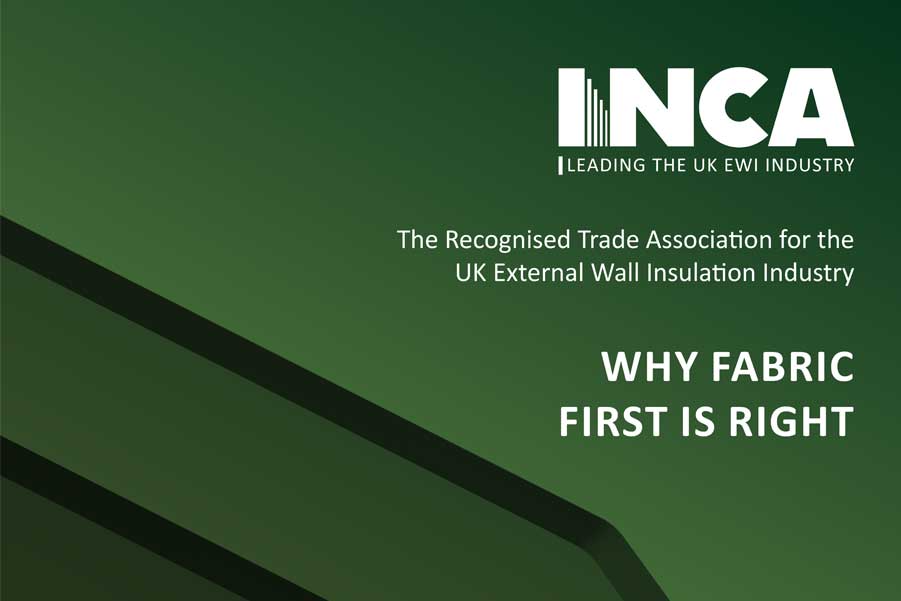Putting the fabric first
Westville Group proudly supports the Insulated Render and Cladding Association (INCA) and their newly published report, Why Fabric-First Retrofit Is Right. The findings confirm what we have always known through decades of practical experience in insulation and retrofit projects – that improving the fabric of a building should be the foundation of any energy-efficient retrofit strategy.
In simple terms, a fabric-first retrofit means insulating a property properly before considering low-carbon heating systems such as heat pumps. Without effective wall, roof and floor insulation, these systems can be expensive to run and unable to keep homes warm.
At Westville, we see this first-hand. Our external wall insulation (EWI) projects consistently deliver the biggest improvements to comfort and energy performance, helping households save money while cutting carbon emissions
Britain’s homes need attention
The INCA report highlights that the UK has some of the oldest and least efficient housing stock in Europe. Millions of homes still lack adequate wall insulation, especially older solid-wall properties built before 1945.

This poor energy performance has real consequences. Families are facing higher bills, worsening health, and increased damp and mould problems. Cold, inefficient homes cost the NHS hundreds of millions of pounds each year and contribute to thousands of excess winter deaths.
By prioritising fabric-first retrofit, we can tackle these issues head-on – improving living conditions, reducing energy use, and supporting the UK’s journey to net zero.
Long-term benefits for everyone
The report shows that upgrading all homes to at least EPC Band C could create £40 billion in economic benefits by 2030. That includes lower fuel bills, reduced NHS costs, and new skilled jobs across the country.
Westville’s experience echoes these results. Our large-scale insulation projects across the Midlands demonstrate how a well-planned energy-efficient retrofit not only saves energy but also revitalises communities. Insulated homes are warmer, quieter, more attractive, and more valuable.
These benefits last for generations and represent a smart investment in Britain’s future.
Quality installation is key
INCA’s report also calls for high-quality workmanship and consistent standards. Poor installations from a small minority have damaged confidence in the sector, but reputable contractors like Westville are determined to raise the bar.
We follow strict quality controls on every project, ensuring our insulation systems perform efficiently and safely for decades. We also support ongoing training and accreditation within the industry, helping to maintain strong skills and high standards.
As the report notes, short-term funding cycles and stop-start schemes make it difficult for the sector to plan ahead. Westville supports INCA’s call for longer-term government programmes that give businesses confidence to invest in people and materials.
A clear message to policymakers
Both INCA and Westville are urging government to put fabric improvements at the heart of every retrofit policy. Before installing low-carbon heating, we must ensure the homes themselves are ready – properly insulated, dry, and energy efficient.
A fabric-first retrofit approach is the most effective way to reduce bills, improve health, and create comfortable homes that are fit for the future. It supports skilled local jobs, strengthens communities, and helps achieve national net-zero goals.
At Westville, we’ll continue to lead by example, championing quality workmanship, sustainability, and innovation across every project we deliver.
Fabric-First Retrofit FAQs
What does “fabric-first retrofit” mean?
A fabric-first retrofit focuses on improving the physical structure of a building – walls, roof, floors and windows – before adding new heating systems. It ensures warmth stays inside and energy waste is reduced.
Why is insulation more effective than heating upgrades alone?
Insulation prevents heat loss, meaning homes need less energy to stay warm. Without it, even the most advanced heating systems will struggle to perform efficiently.
How does a fabric-first retrofit support the UK’s net-zero goals?
By cutting heat loss and reducing energy demand, insulation lowers carbon emissions. It’s one of the most cost-effective ways to help the UK meet its environmental targets.

